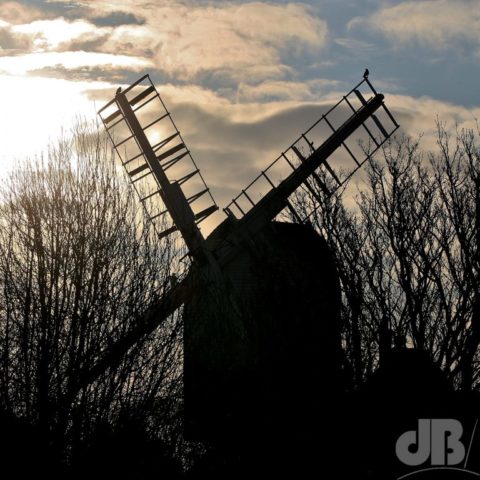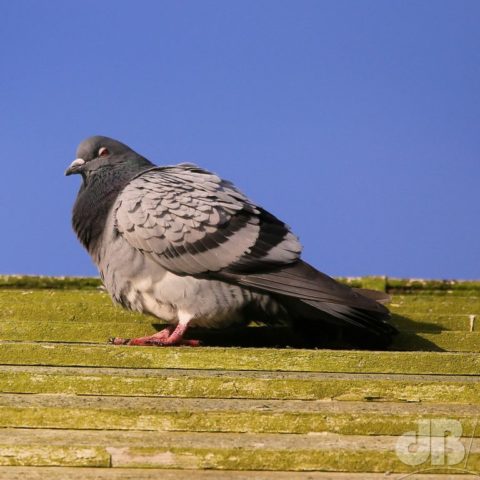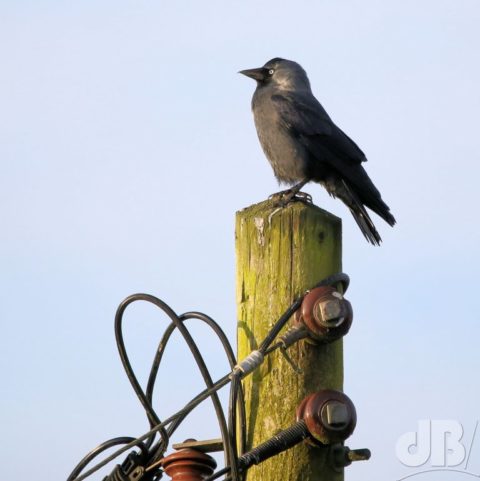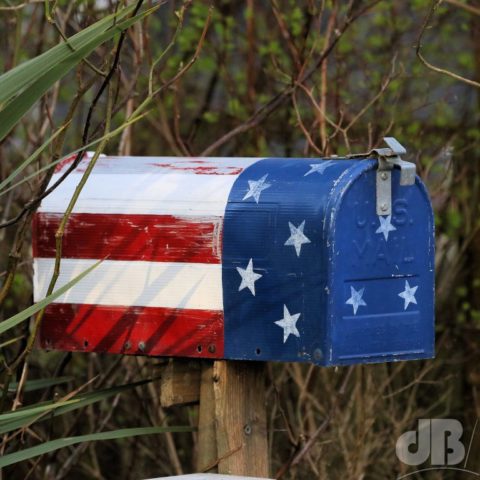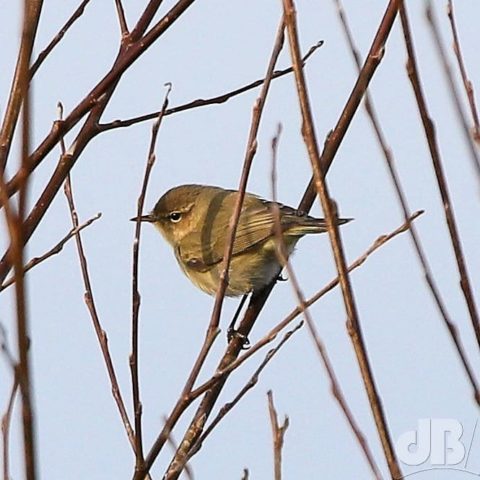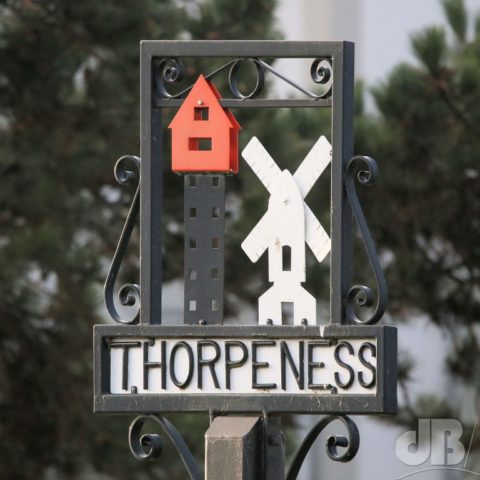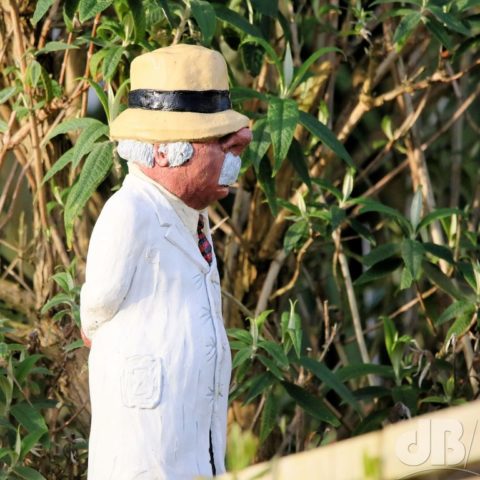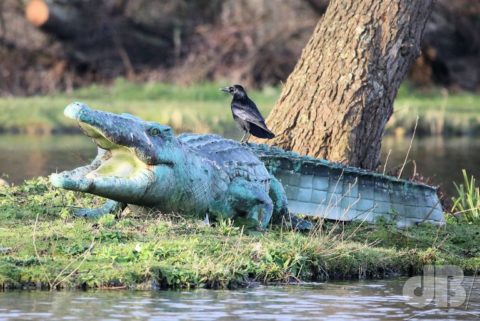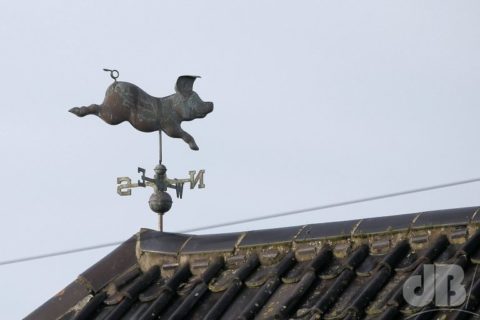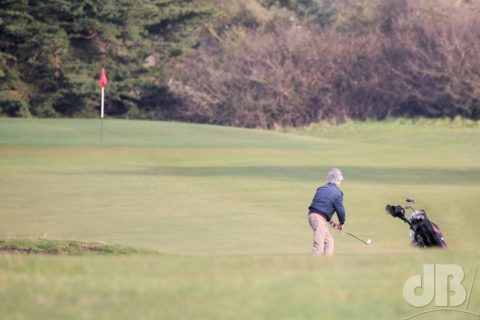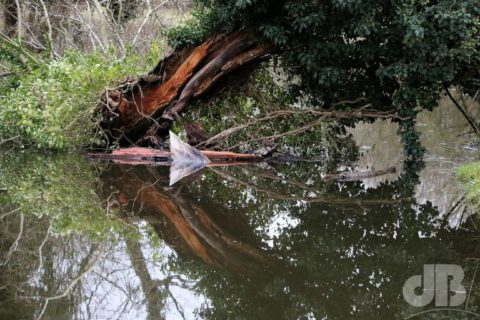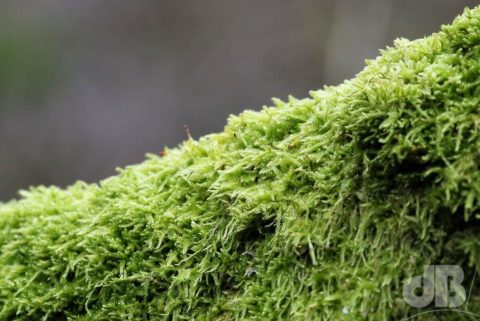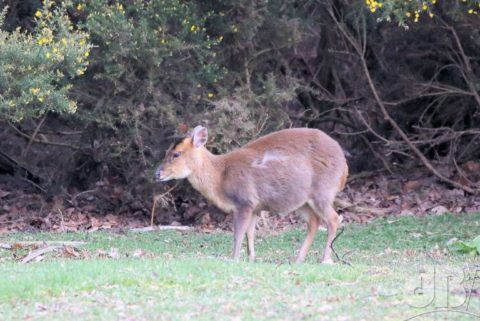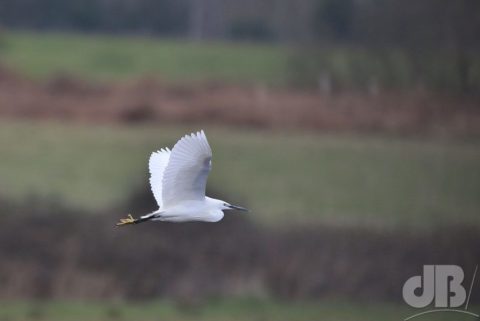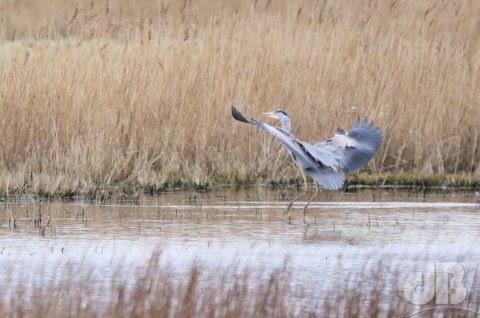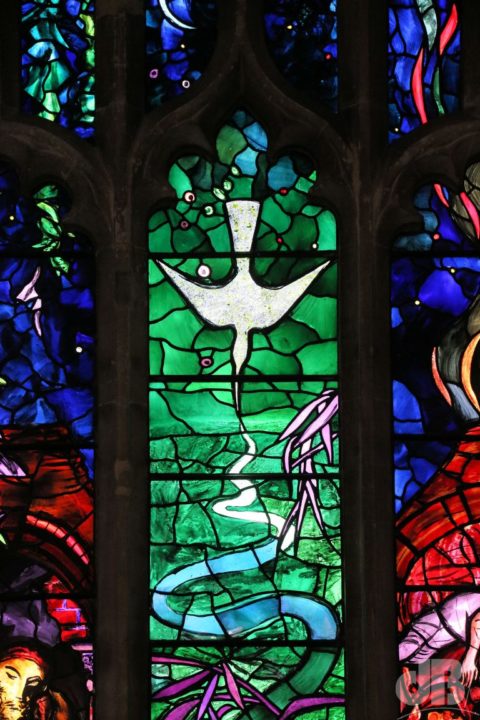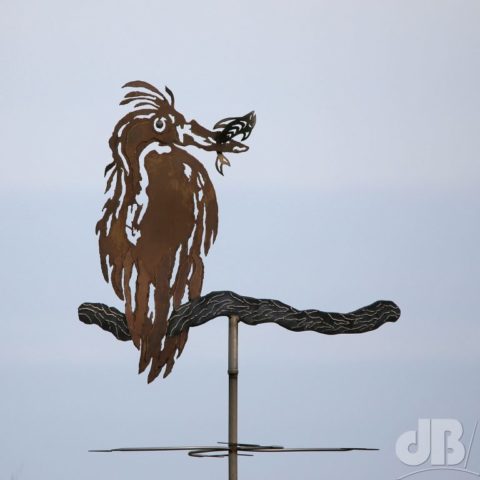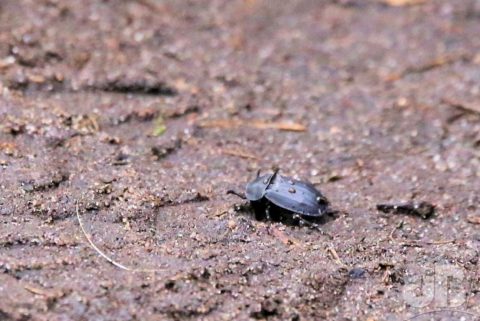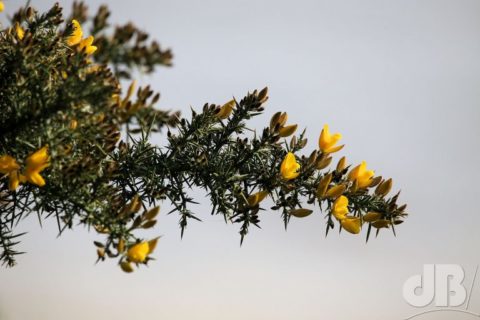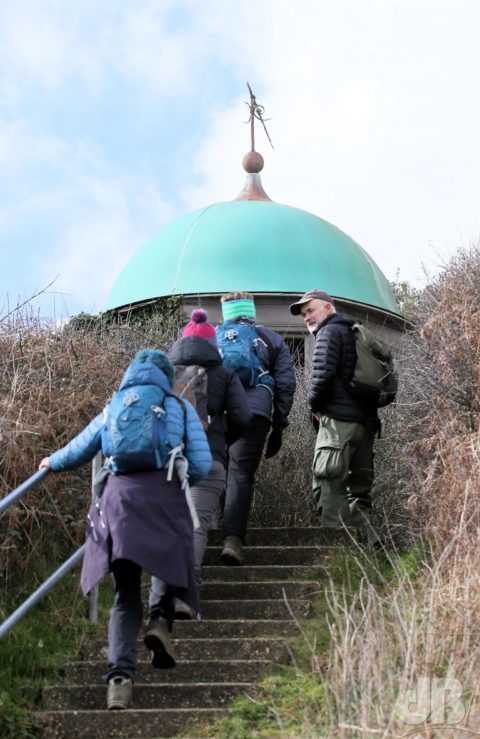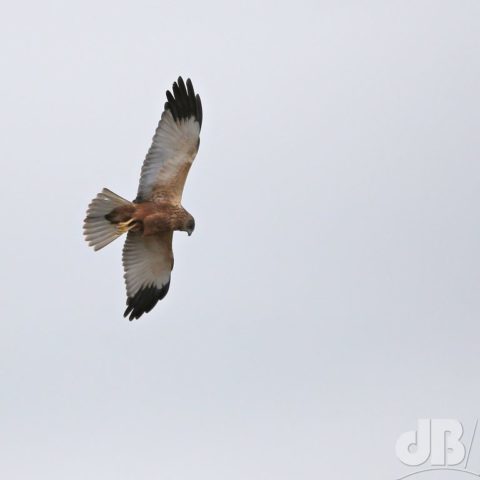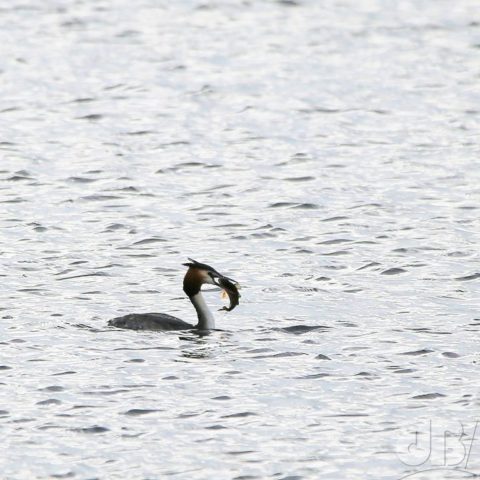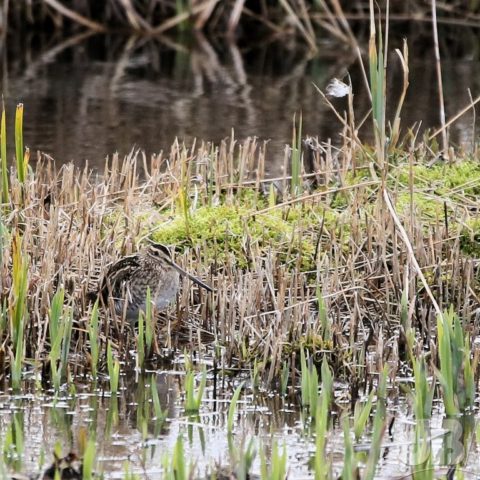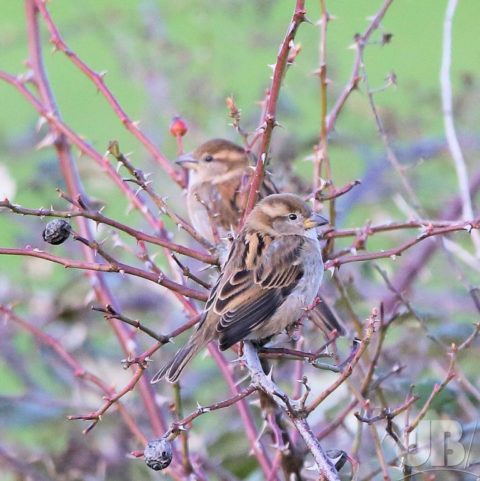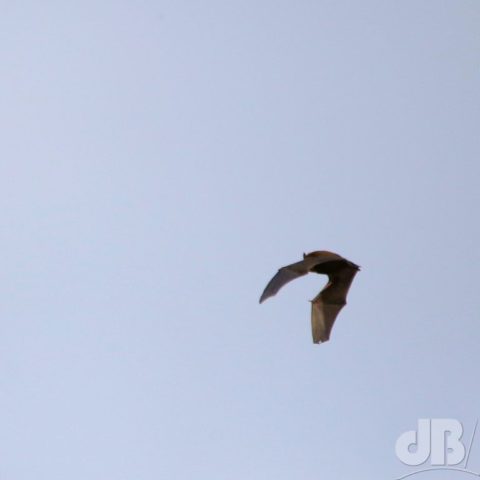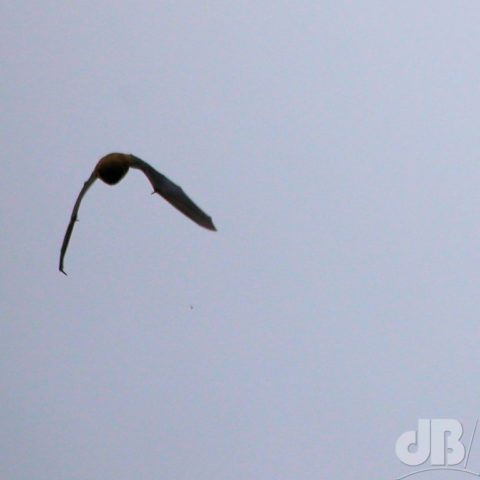First week at high school, first-year art class. I’d done what I thought was a nice sketch of the postbox at the end of the road, that was the simple brief, draw a post box, or pillar box as we used to call them. I sat in the cold for an hour or more sketching it. It looked okay. I didn’t see myself as having any talent for sketching, not like my mate Phil who could rustle up a tiger, a horse, or a Harley Davidson with nothing more than a few scratches of HB.
The nasty bastard of an art teacher told me my art book was too small (we couldn’t afford the twice the size one, which was three times the price, and the school had said in the letter home to parents that the size I had was fine. He also dismissed my sketch are awful because I’d used a ruler to get the straight verticals of the pillar box. Nobody in primary school ever told me not to use a ruler to draw a straight line. In fact, if you didn’t use a ruler you got told off and one teacher at junior school used to slap the tips of your fingers with his metal ruler for minor misdemeanours. At the age of 11, how are you supposed to know that rulers are precluded from art.
I didn’t bother trying again in art class after that and dropped the subject as soon as it was allowed. I did do an option on technical drawing (TD) where you used set squares, rulers, pairs of compasses, and all sorts of devices to make sure your lines were straight and at the correct, right, angles etc.
Meanwhile, in the music class, those of us with a musical bent were not allowed to touch any of the musical instruments in the classroom unless were having private lessons at home on piano or some other instrument. What snobbish educational posturing by ignorant teachers that was. It had been the case in primary school too. Awful stifling attitude and although I’d forgone putting any effort in for art class, music was my first love, as they say…I got 98 percent in the first-year exams and was second only to Alison (who got 100% and was learning piano and viola at the time and in the school orchestra, which is fine).
I got a chance to learn saxophone, but for the first couple of weeks of those lessons we weren’t even allowed to put the instrument together we just had to use the mouthpiece and practice getting a sound without in any way damaging the precious reed. For actually feck’s sake, what? I was eventually allowed to put the sax together, it hung naturally on me and I could probably still play Three Blind Mice and Merrily We Roll Along, on a tenor sax. But, playing it used to give me awful headaches and worse I would have to be in the woodwind band and at that age I was far too shy to be exposed in front of other people doing something I couldn’t do. I ended up teaching myself to play guitar from books and listening to records of bands I loved. Didn’t take any more formal music lessons until sixth form, aged, 17, one term of piano.
I had meanwhile, always been into sharks and dolphins, and magnets and motors, and dinosaurs and volcanoes and space and everything else sciencey so that was the route I ultimately took. I wrote about the person who was probably the only inspiring teacher I had at high school, Miss Hall. I’d love to be able to get in touch with her to thank her. She was in her early 30s back then, so probably in her early 70s now if she’s still around.
Obviously, this is all ancient history, but it does affect how your life goes when teachers deliberately stifle you and others close off opportunity. I hoped by the time our children got to school that things might have changed, but in some ways, I don’t think they had at all. There were still teachers who were bullies, stifling and condescending attitudes, and limited resources available.
I don’t think much has changed since they left school either, although education seems to be more of a commercial enterprise focusing on business targets and metrics now rather than actually teaching our children anything useful or giving them opportunities to grow into the people they might imagine they would like to be. It’s sad.
I am sure there are exceptions. There are inspiring teachers, I know a few and there are. But, those teachers are constrained and constricted by forces beyond their control. I just hope that the bullying and negative attitudes of my old art “teacher” have been pushed out of the system by all those metrics and the business head…I can almost feel from here that they haven’t but one can hope.
